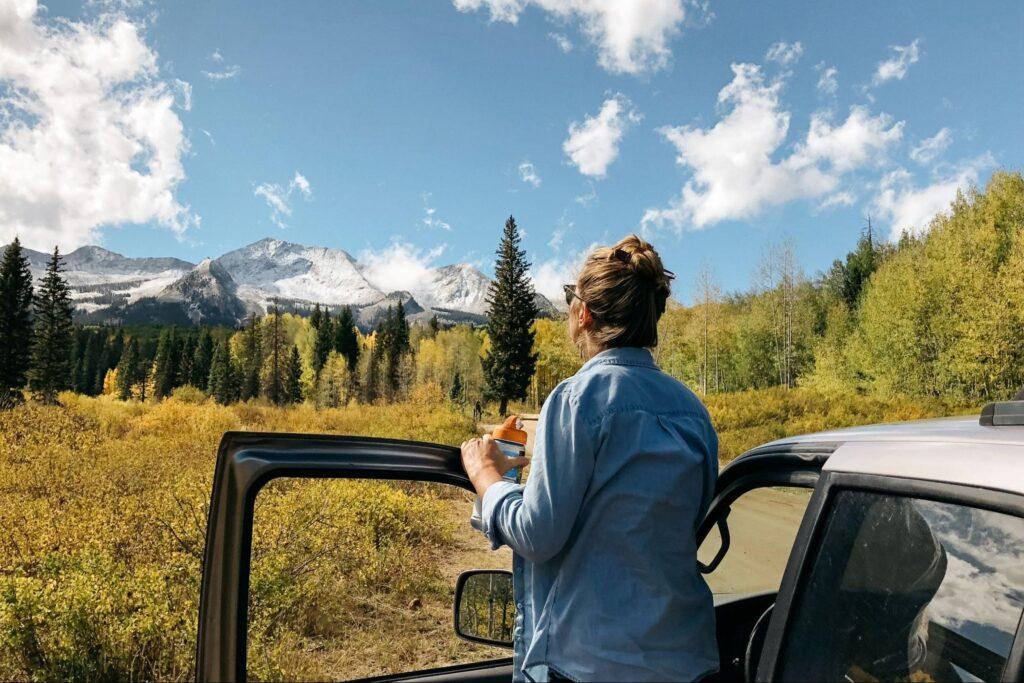Photography is a powerful medium for capturing the spirit of every season, allowing you to express the unique beauty and mood each time of year brings. Whether you’re an amateur enthusiast or a seasoned professional, understanding the subtleties of each season can help you create stunning images that reflect our environment. This comprehensive guide will explore various techniques and ideas for maximizing your seasonal photography, ensuring you can encapsulate the essence of spring, summer, autumn, and winter.
Spring: Embracing New Beginnings
Spring is a season of rebirth and vitality, characterized by blooming flowers and trees regaining their leaves. The landscape comes alive with vibrant colors and fresh scents, offering a perfect backdrop for photography. Here are some key strategies to help you capture the spirit of spring:
Focus on Blossoms and Buds
Spring is synonymous with blooming flowers and budding trees. To capture this essence:
- Consider using a macro lens to get close-up shots of delicate petals and intricate textures.
- Look for unique perspectives, such as capturing a flower from below, which can provide a fresh and engaging viewpoint.
- Don’t hesitate to experiment with the depth of the field; a shallow depth can create a beautiful bokeh effect that draws attention to the subject.
Play with Natural Light

The soft, golden light of spring is perfect for photography. Take advantage of the “golden hour,” which occurs just after sunrise and before sunset. During these times, the sunlight has a warm quality that can create inviting and ethereal images. Light and shadow can add depth and interest to your photographs.
Capture the Rain
Spring showers can lead to stunning photographic opportunities. Raindrops on flowers create unique compositions and lend your images a fresh, vibrant quality. After a rain, look for puddles that reflect the scenery around them, offering a different angle and adding an artistic touch to your work.
Seek Out Wildlife
As nature awakens in spring, so do many animals. Incorporate wildlife into your spring photography to convey the vibrancy of the season. Birds, butterflies, and other creatures emerging from winter hibernation can add life to your images. Use a telephoto lens to capture them without disturbing their natural behaviors, and exercise patience to get those perfect shots.
Summer: Celebrating Vibrancy and Fullness
Summer is a time of warmth, energy, and abundant life. It’s characterized by bright colors and a lively atmosphere, making it an ideal season for capturing dynamic and vibrant photographs. Here are some tips for maximizing your summer photography:
Highlight Bright Colors

Summer landscapes are often rich with color. Use the intense sunlight to your advantage by capturing vivid flowers, bright blue skies, and lush green grass. Don’t shy away from adjusting your camera settings to emphasize these colors. Saturating your images in post-processing can further enhance their vibrancy.
Incorporate Water Scenes
Water scenes can add a refreshing element to your summer photography. Water offers numerous photographic opportunities, whether it’s a beach, lake, or swimming pool. Experiment with reflections in the water, the interplay of light, and the ripples created by movement. Consider extended exposure techniques to create a smooth, silky effect on lakes or waterfalls, enhancing the serene quality of your images.
Capture Movement
Summer is full of activities and events. Use a slower shutter speed to blur motion, which can convey the energy of bustling summer days, such as people playing at the beach or children running through sprinklers. Alternatively, to freeze action during sports or playful events, increase your shutter speed to capture sharp, precise moments.
Autumn: Showcasing Rich Colors and Textures
Autumn is a season marked by a breathtaking spectrum of colors and a palpable sense of change. The leaves transform into vibrant red, orange, and yellow hues, providing a stunning backdrop for photography. Here’s how to capture the essence of autumn:
Pay Attention to Foliage
The changing leaves are a hallmark of autumn. Look for areas with dense foliage where colors are incredibly vibrant. Capture these scenes from various angles and heights to find the most captivating compositions. Pairing the foliage with complementary backgrounds, such as a clear blue sky or a dark, moody backdrop, can make the colors pop even more.
Utilize Backlighting

Autumn sunlight filtering through leaves can create stunning effects. Backlighting can highlight the translucence of leaves, emphasizing their colors and textures—experiment with different angles to catch the sunlight, creating ethereal images that showcase the season’s beauty.
Capture Seasonal Activities
Autumn is filled with festivities like Halloween and harvest celebrations. Including these elements in your photography can convey the mood of the season. Capture families at pumpkin patches, kids in costumes, or community events, integrating the cultural aspects of autumn into your images. Read More: [31+] Spooky Halloween Photoshoot Ideas for Adults, Couples, and Babies
Play with Textures
Autumn offers rich textures that can be highlighted in your photography. Close-up shots of fallen leaves, pumpkins, and acorns can add depth to your portfolio. Explore different materials and surfaces, such as the rough bark of trees or the smooth skin of gourds, to create a tactile experience in your images.
Winter: Embracing Silence and Contrast
Winter presents a unique beauty characterized by a calm, serene landscape often cloaked in snow. Capturing this understated beauty requires a different approach. Here are some tips for photographing winter scenes effectively:
Welcome the Snow
Snow transforms landscapes into blank canvases, offering clear, pristine views. Use a polarizing filter to cut glare and enhance the contrast between the snow and the sky. The soft light reflected off the snow can create beautiful, subtle tones that lend a peaceful quality to your images.
Look for Details and Patterns
Winter often reveals fascinating patterns, such as frost on windows or intricate ice crystals. Close-up photography allows you to emphasize these details, revealing the beauty frequently overlooked. Use macro settings to capture the delicate textures and shapes of ice formations and frost, showcasing winter’s artistry.
Capture Low Light
Winter days are shorter and often feature softer light. Utilize this to create moody, atmospheric images. Shooting during twilight or overcast days can enhance the stillness and serenity that winter embodies. Experiment with longer exposure times to capture the tranquil quality of winter evenings. Read More: The Top Low-Light Video Cameras for Stunning Footage
Include Winter Activities
Incorporating winter sports and activities into your photography can add a dynamic element. Whether skiing, snowboarding, or building snowmen, these actions bring life to your winter images. Capture the joy and excitement of these activities to create engaging narratives within your photography.
The Importance of Photography Insurance
Photography insurance is crucial for protecting your gear regardless of your skill level. Weather can be unpredictable; a sudden spring downpour or an unexpected winter snowfall can damage equipment. Having the right insurance coverage ensures you’re safeguarded against accidents, theft, or damage, allowing you to focus on your creative process without the stress of potential costs. It’s not just peace of mind; it’s an essential safety net that protects your investment.
Final Thoughts
Seasonal photography offers countless opportunities to capture the beauty and essence of each time of year. By understanding the unique characteristics of spring, summer, autumn, and winter and adapting your techniques accordingly, you can create striking images that resonate with viewers. Embrace the changes, let your creativity flow, and follow the rhythm of the seasons to produce compelling photography that reflects the world around you. Whether you’re exploring the budding flowers of spring or the quiet stillness of winter, each season has its story—capture it with your lens!







